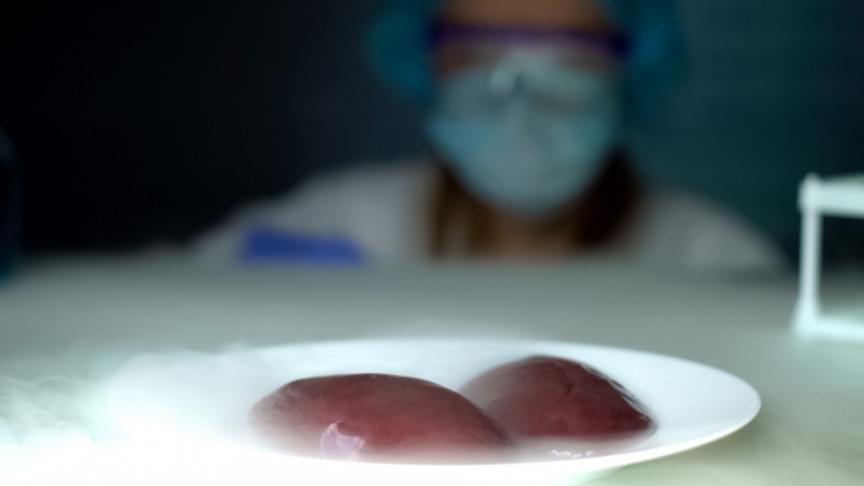A small community of mathematicians is using a software program called Lean to build a new digital repository. They hope it represents the future of their field.
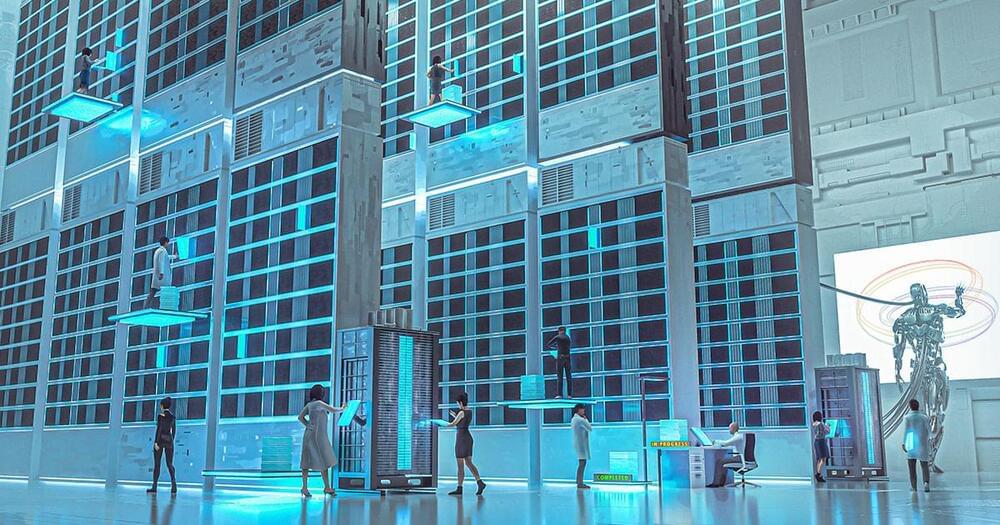

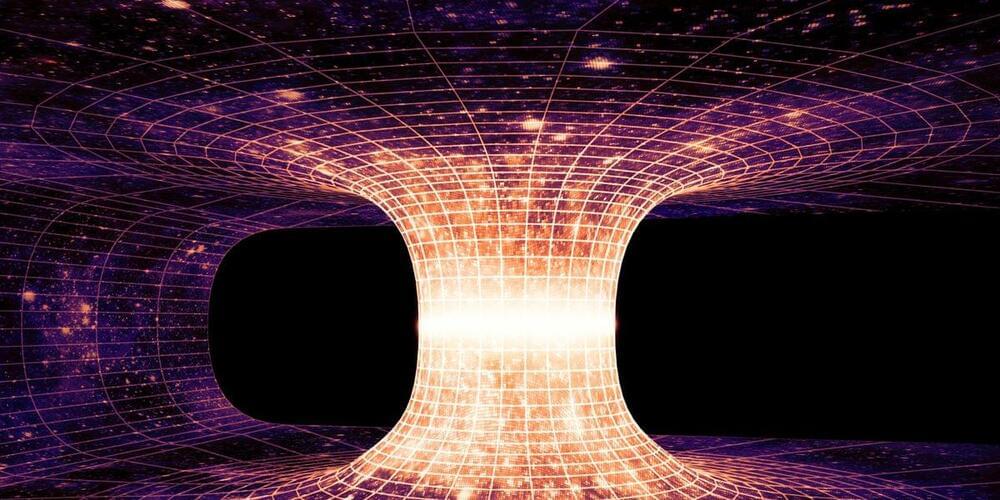
At this point, the paper mingles cosmology, or the study of the universe and its origins, with biology. “We ask whether there might be a mechanism woven into the fabric of the natural world, by means of which the universe could learn its laws,” the authors write. In other words, a universal law might transcend all scientific fields. That means that the laws of physics, as we know them, could be subject to higher-order laws of the universe that control them—and that we can’t even comprehend.
“Exploring links between fields is crucial because knowledge is not fundamentally compartmentalized,” says Bruce Bassett, professor at the University of Cape Town’s Department of Mathematics and head of the Cosmology Group at the African Institute of Mathematical Sciences in South Africa. We humans are simply narrow-minded. “We segment and compress knowledge into biology, and physics, and sociology because of our limited brains, and the cost of that segmentation and compression is that we easily miss the commonalities and hidden universality between branches of human knowledge.”
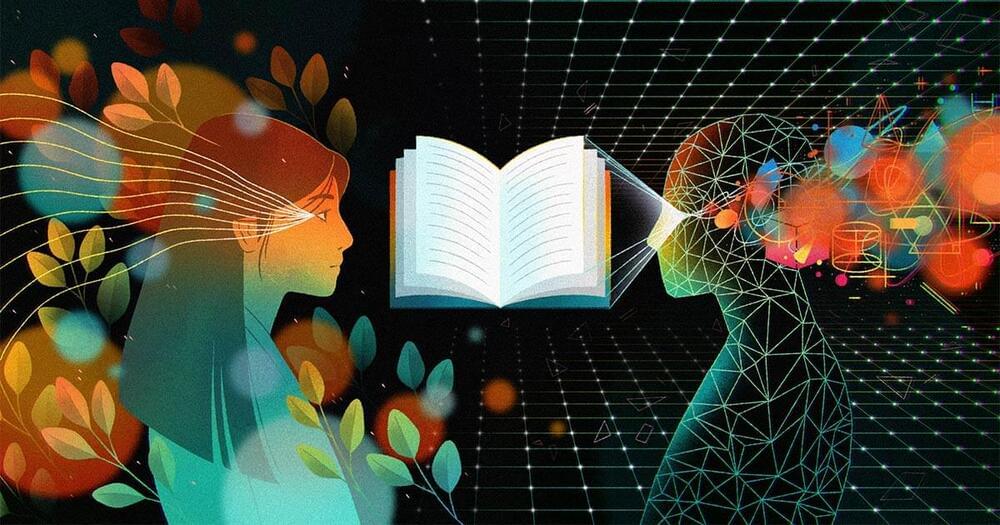
It’s simple enough for AI to seem to comprehend data, but devising a true test of a machine’s knowledge has proved difficult.
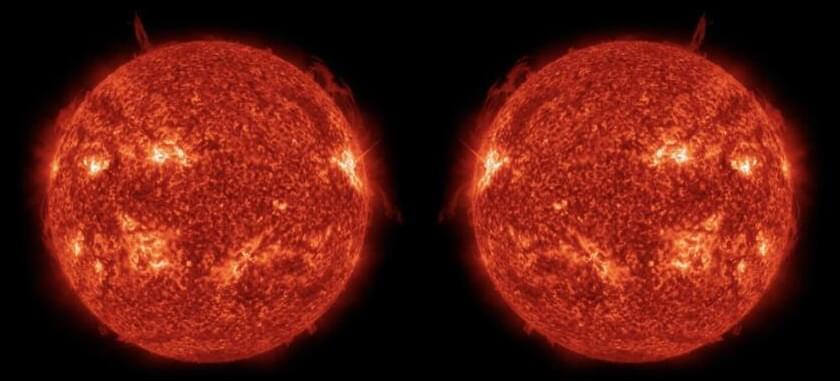
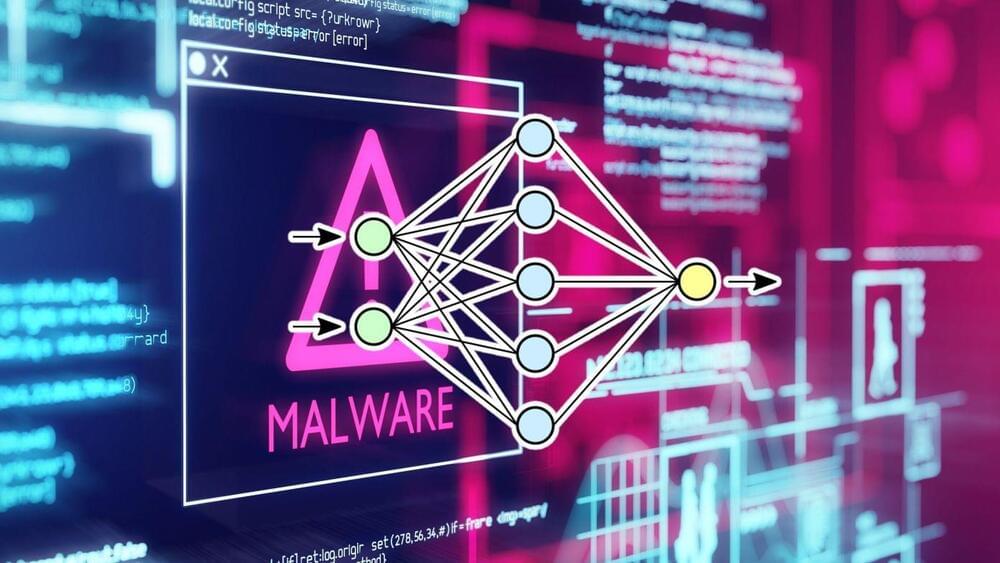
This article is part of our reviews of AI research papers, a series of posts that explore the latest findings in artificial intelligence.
With their millions and billions of numerical parameters, deep learning models can do many things: detect objects in photos, recognize speech, generate text—and hide malware. Neural networks can embed malicious payloads without triggering anti-malware software, researchers at the University of California, San Diego, and the University of Illinois have found.
Their malware-hiding technique, EvilModel, sheds light on the security concerns of deep learning, which has become a hot topic of discussion in machine learning and cybersecurity conferences. As deep learning becomes ingrained in applications we use every day, the security community needs to think about new ways to protect users against their emerging threats.
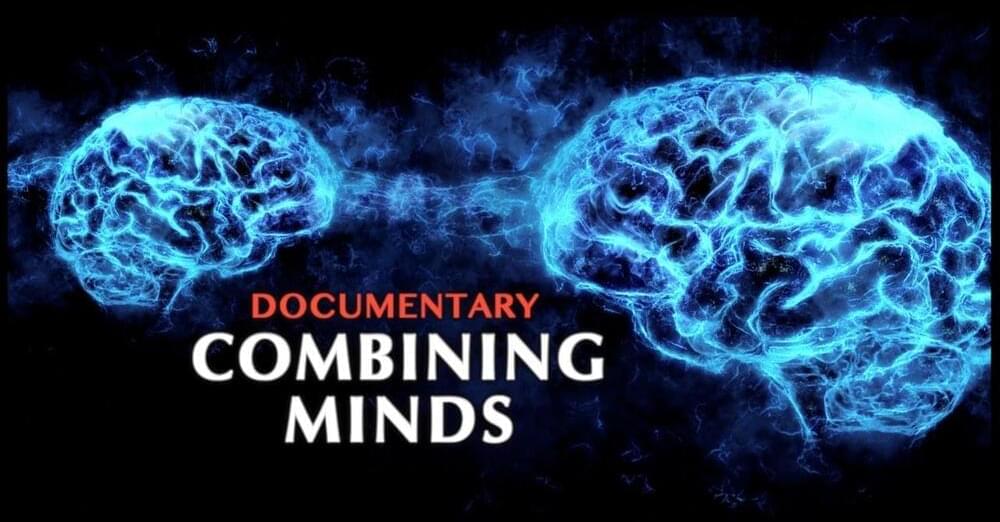
One of the reasons branching identity is being accepted more seriously these days.
Beginning in the 1950s, experiments with split-brain patients revealed that consciousness could be divided between the two hemispheres of the brain. A surprising implication was that if consciousness could be divided, then it could also be combined. Evidence of this came in 2006, when conjoined twins Krista and Tatiana Hogan were born. The Hogan sisters were born with their brains connected by a thalamic bridge, which allowed a unique mental connection between them. We explore this surprising mental connection, and the possibility that we may one day connect our own minds with other conscious beings, together with what this might mean for our concept of self, identity, and the future of mind.
Please consider supporting my work on Patreon here ~ https://www.patreon.com/wakingcosmos.
Thank you!
This documentary is a non-profit, educational film. All footage used with permission, or in compliance with fair use/fair dealing.
Music by Scott Buckley and Aleks Michalski.
Scott Buckley’s website: https://www.scottbuckley.com.au.
Aleks Michalski’s Bandcamp https://axen.bandcamp.com/
SEO TAGS
Consciousness documentary.
Split-Brain documentary.
Documentary about the brain.
Documentary about the mind.
Krista Hogan.
Tatian Hogan.
Hogan Sisters.
Hogan Twins.
panpsychism.
Waking Cosmos.
The Divided Brain.
The Divided Mind.
Iain McGilchrist.
The Master and his Emissary.
The Matter with things.
Michael Gazzaniga.
Roger Sperry
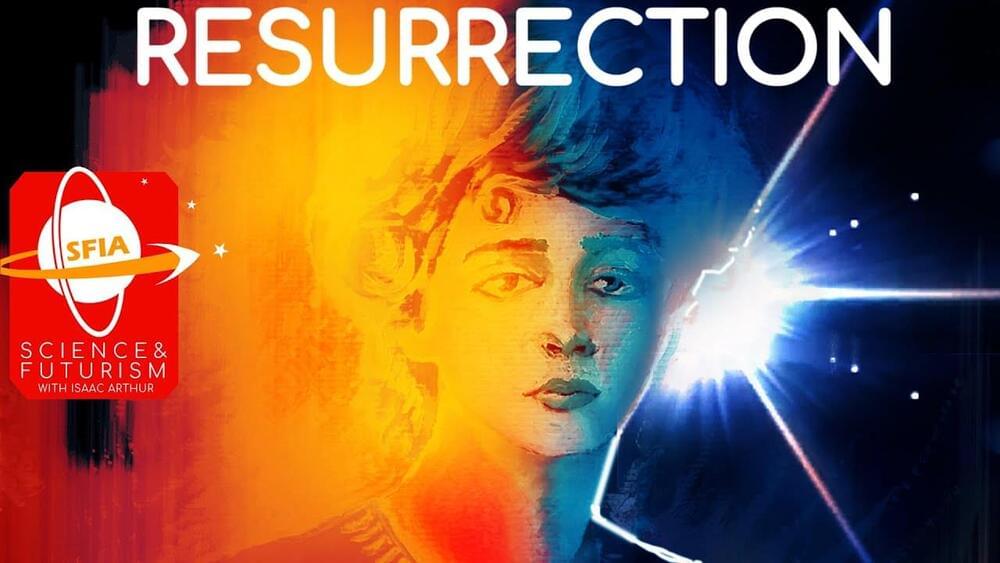
https://skl.sh/isaacarthur03211
Perhaps the most sought after technology is not the ability to extend life, but to restore it once it is gone. We will examine the technological options that may be available to us in the future.
Visit our Website: http://www.isaacarthur.net.
Support us on Patreon: https://www.patreon.com/IsaacArthur.
Facebook Group: https://www.facebook.com/groups/1583992725237264/
Reddit: https://www.reddit.com/r/IsaacArthur/
Twitter: https://twitter.com/Isaac_A_Arthur on Twitter and RT our future content.
SFIA Discord Server: https://discord.gg/53GAShE
Listen or Download the audio of this episode from Soundcloud:
Episode’s Audio-only version: https://soundcloud.com/isaac-arthur-148927746/resurrection.
Episode’s Narration-only version: https://soundcloud.com/isaac-arthur-148927746/resurrection-narration-only.
Credits:
Resurrection.
Science & Futurism with Isaac Arthur.
Episode 282; March 18, 2021
Produced, Written, and Narrated by Isaac Arthur.
Editors:
Evan Schultheis.
Jason Burbank.
Keith Blockus.
Matthew Campbell.
S. Kopperud.
Cover Art:
Jakub Grygier https://www.artstation.com/jakub_grygier.
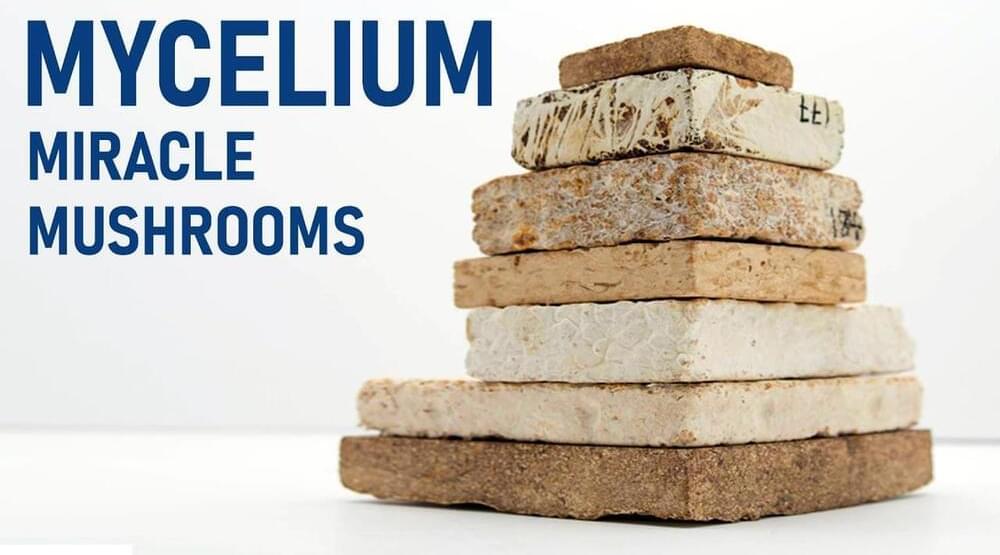
One promising solution to plastic pollution is mycelium or mushroom packaging. It is made of 2 ingredients: mushrooms and hemp. Mycelium is the underground network of very durable, thread-like filaments called hyphae. It is mixed with agricultural waste like wood chips, oat hulls, cotton burrs or hemp hurds.
Link to my Patreon page: https://www.patreon.com/Belinda_Carr.
Chapters.
0:00 Introduction.
1:00 How its made.
2:43 Products.
4:32 Advantages.
5:30 Disadvantages.
6:19 Myths.
7:12 Conclusion.
One of the largest mushroom packaging manufacturers in the world is Ecovative Design, a New York based biotech company founded in 2006. They sent me these samples of their product. Their manufacturing process is pretty straight forward.
Their designers create a 3D CAD model of custom packaging.
A CNC machine routes the design into MDF.
Plastic trays are thermoformed around the MDF pieces.
The tray is filled with their proprietary hemp hurd and mycelium blend.
It is allowed to grow for 4 days in a controlled environment with regulated temperatures, airflow, CO2 and humidity levels.
It is popped out of tray and allowed to continue growing for 2 more days to create a velvety layer of overgrowth.
The packaging is then heat treated to dry out, kill spores and stop the growth process.
This material can last for 30 years in dry, temperature controlled indoor environments. It is also 100% biodegradable and a nutrient for soils and plants. When broken down into 1 cubic centimeter pieces, it will compost in just 45 days. In the ocean, it will compost in 180 days.
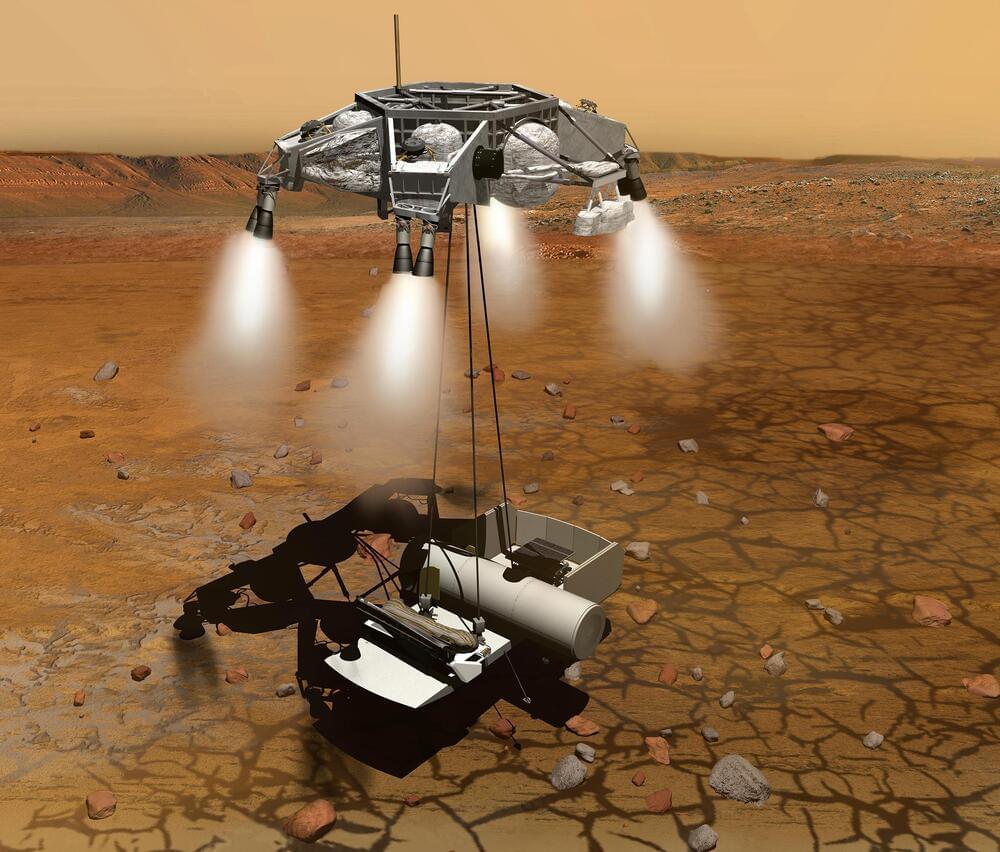
Engineers are developing the crucial hardware needed for a series of daring space missions that will be carried out in the coming decade.
Testing has already begun on what would be the most sophisticated endeavor ever attempted at the Red Planet: bringing rock and sediment samples from Mars.
Mars is the second smallest planet in our solar system and the fourth planet from the sun. Iron oxide is prevalent in Mars’ surface resulting in its reddish color and its nickname “The Red Planet.” Mars’ name comes from the Roman god of war.
